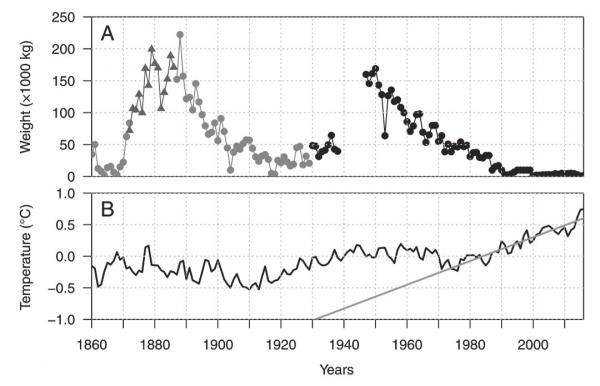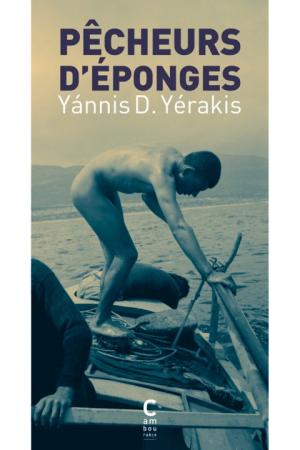Maïa FOURT (OT-Med PhD)
Thierry PEREZ (IMBE)
Daniel FAGET (TELEMME)
Other participants: Samuel ROBERT (ESPACE), Patrick RAIMBAULT (MIO), Thierry BOTTI (Institut Pythéas), Drosos KOUTSOUBAS (Université d’Egée, Lesvos), Jamila BENSOUISSI (INAT, Tunis), Catherine CYPREOS (Cypreos France Eponges)
Sub title: Combining history and ecology to study past, present and future of sponge harvesting
The production of Mediterranean bath sponges collapsed during the past century as shown by Tunisian catches which went from 163 tons in 1920 down to 9 tons in 1988 (Josupeit, 1990). Another illustration is given by the well-known sponge fishing island of Kalymnos which lost about 90% of its active fishermen population in a century between 1858 and 1967 (Bernard 1967, Valla, 2012). For what reasons a Mediterranean traditional fishery once prosperous did dramatically decline? What part of the decline can be attributed to the decline of the bath sponge stock and what to a decreasing number of fishermen? How can this decline of the sponge fishery be related to changes in uses, overfishing, disease outbreaks triggered by climate events? How did sponge fishermen adapt to these Regional Changes in the past? What is the future of such a fishery? What kind of guidelines can we provide for this fishery facing the on-going Regional Change?
This project addresses these questions by looking through ecological and historical windows into past evolution of the sponge fishery, chosen here as a model of traditional fishery which suffered good number of upheavals over the last three centuries. The overarching aim is to propose a management strategy for traditional fisheries that will allow attaining eco-durable practices in the current environmental, socio-economic and geopolitical contexts.
Reconstruction and analysis of the sponge fishing history (production, species, fishing gear) for
1) the Aegean Sea (since 1830, 180 years record) with
- Established relationship between history and changes in temperature regime, and changes of uses and of fishing effort.
- Hypothesised putative impact of the regulations and of the national and European aids (manuscript in prep).
2) Tunisia (since 1880, 130 years record).
Description of the sponge fishing activity
1) in Greece and in Cyprus: (geographical distribution of species, fishermen) (past and present)
2) at the Mediterranean scale and at present
Fishermen’s adaptation capabilities (past and present).
Top: annual Greek bath sponge production/exportation in kilograms since 1870. Triangles represent Greek sponge exportation to Trieste
Bottom: annual average of sea surface temperature anomalies of the Mediterranean Sea since 1870 (in deg C)




